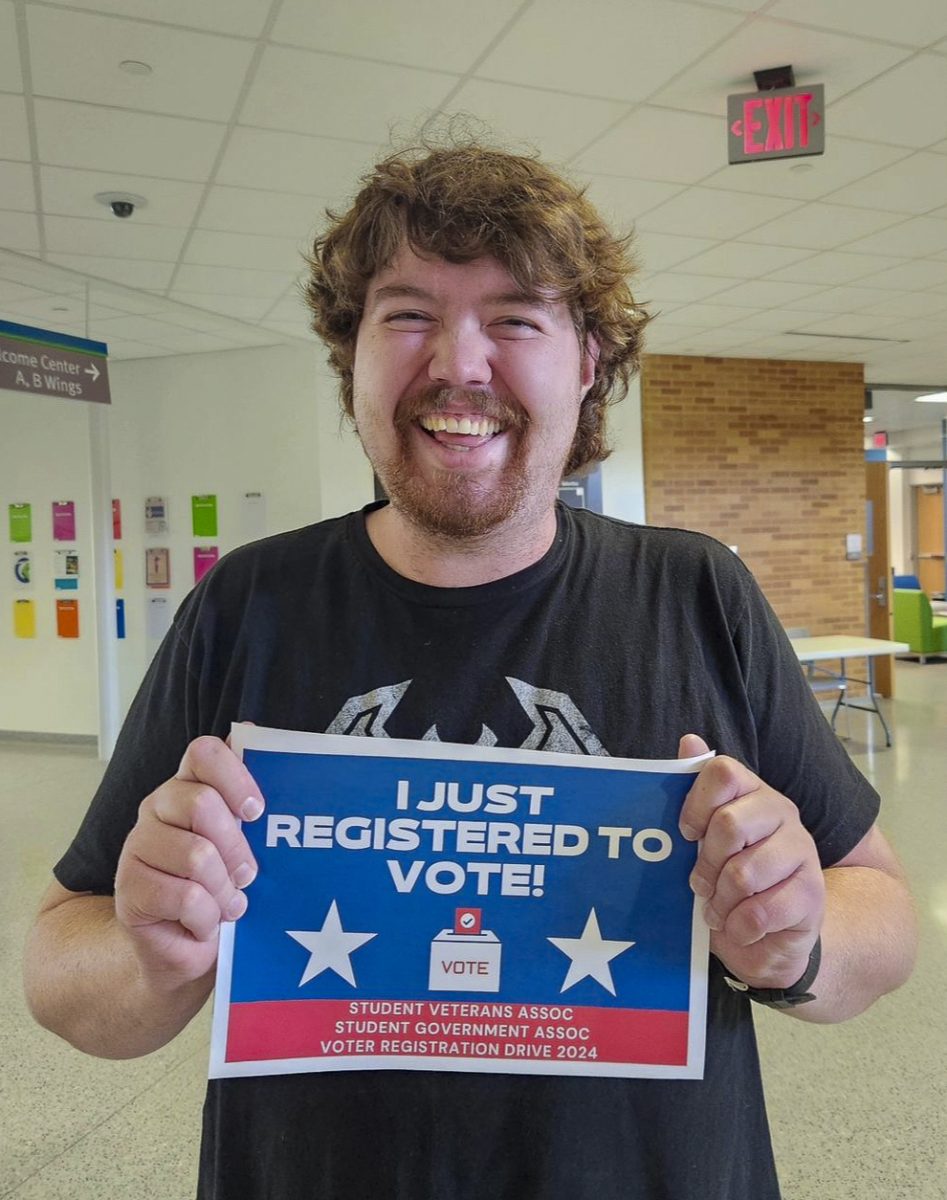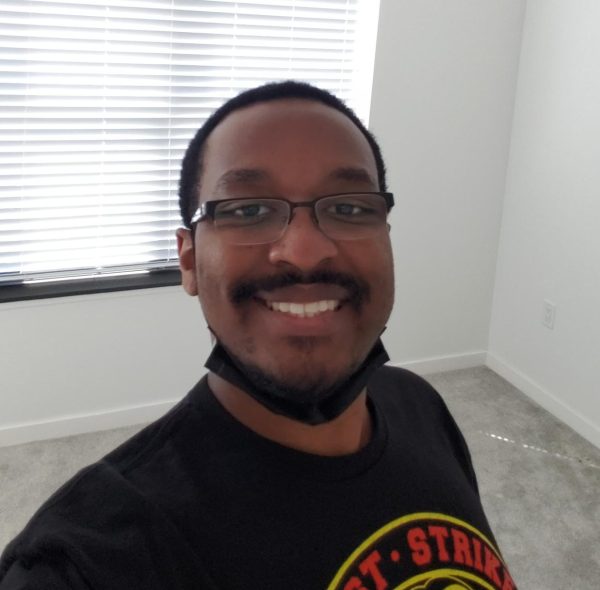Animation is one of the world’s greatest accomplishments and deserves more respect.
Even though these seem like well-known facts because of how beloved films such as The Lion King and Toy Story are, I feel like these movies are still thought of as only “kids” films. That is the unfortunate stigma that animation still has today.
When it comes to shows that are excessively geared toward adults like Family Guy, American Dad!, and Rick and Morty, they are pretty much accepted as good entertainment for older audiences. However, shows that are geared toward adults and kids such as Avatar: The Last Airbender, Teen Titans, Justice League Unlimited, and The Spectacular Spider-Man are still thought of as just “kids” shows by some people.
Even though the latter four shows were broadcast on channels like Nickelodeon, Cartoon Network, and Disney XD, I felt like the writing in all of them made them so much more sophisticated and engaging than the average cartoon for children or exclusively adults. Unlike the former four shows, they did not have to include sexual content or adult language to be entertaining for adults. Even though I like those adult-oriented shows, they should not be the only types of animated shows deemed appropriate for older audiences.
“I think animation is overall a positive experience for every age group,” said CLC Digital Media and Design instructor Michael Kozien when asked about his opinion on animation’s reputation as being for adults versus being for children. “Different generations look at animation differently.”
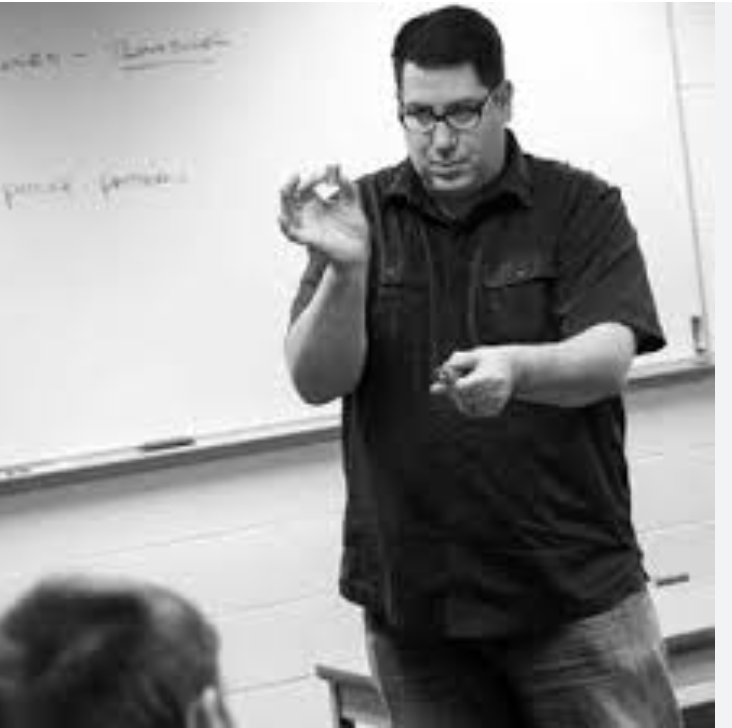
An issue facing animation and its reputation is the matter of its legitimacy in relation to live-action adaptations. For better or worse, Hollywood has a history of adapting or trying to adapt animated properties into live-action films or television shows. Examples include Scooby-Doo, Transformers, Avatar: The Last Airbender, and many of Disney’s animated films.
Even though these decisions are made to make extra money, I feel that they are unnecessary. Why ruin something when it is perfectly fine in its original format?
It seems like these decisions unfortunately come from the mindset that a property is not legitimized until it has a live-action adaptation. “Real life” is better than cartoons and not childish, some would say. To me, that is simply untrue.
I do not hate live-action films or shows but animation is the better route to go when it comes to certain properties. The recent Spider-Verse films have proven this with how unique and critically successful they have been in comparison to the live-action Spider-Man films.
Even though I absolutely adore the live-action Spider-Man films, especially the Tobey Maguire movies, their adaptations of the comic books have always been limited in terms of accuracy. This is because Hollywood usually tries to ground these types of fantastical stories in some form of realism to appeal to the casual audience member. Since this happens, the magic and creativity of the source material tend to get lost in translation.
However, the breathtaking animation style of the Spider-Verse films has brought the comics to life in ways that live-action never could. Since the comics are drawings, the art of them being in motion help do justice to the wild nature of the source material. I feel like the full potential of Spider-Man stories on the big screen are now closer to being met with those films existing.
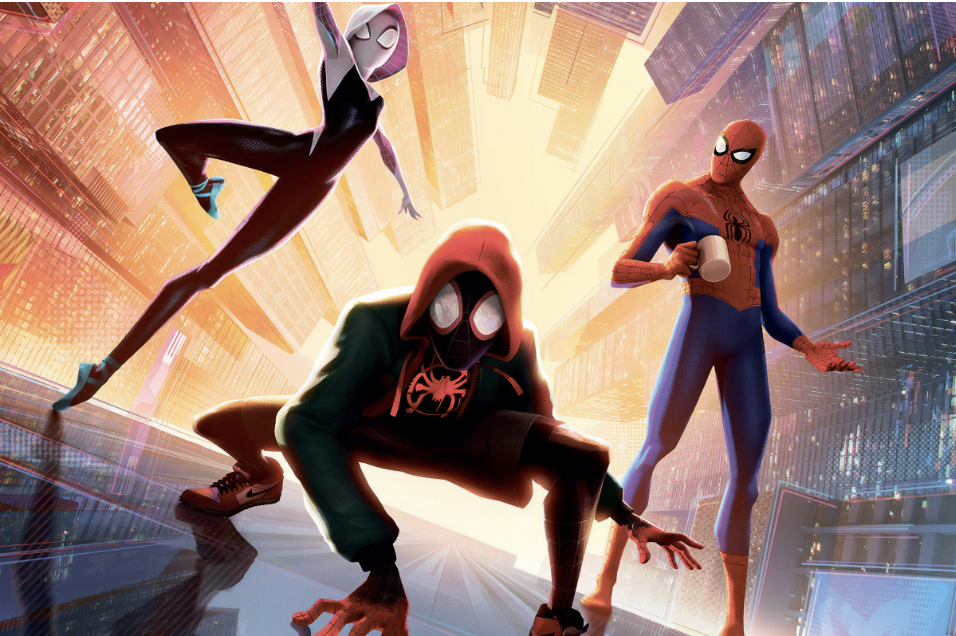
Speaking of the Spider-Verse films, another issue facing animation and its reputation is the Oscars’ treatment of animated films.
Back in 2019, Spider-Man: Into the Spider-Verse won the Oscar for Best Animated Feature. Even though it deserved the award, I felt like it should have been nominated for Best Picture and even won.
The same goes for Spider-Man: Across the Spider-Verse. It was recently nominated for Best Animated Feature at the 2024 Oscars but lost to The Boy and the Heron. In my opinion, it should have won that award but also been nominated for Best Picture.
The fact the Academy has a separate category for animated films but no other types of films bothers me. That tells me that they do not consider animated films to be on the same level as live-action films.
“I kind of wish it was a bigger category,” said Kozien when giving his thoughts on animation’s place at the Oscars. “It could be a larger category because it is a big area.”
Only three animated movies have ever been nominated for Best Picture at the Oscars. These films are Beauty and the Beast, Up, and Toy Story 3. They were nominated in 1992, 2010, and 2011, respectively.
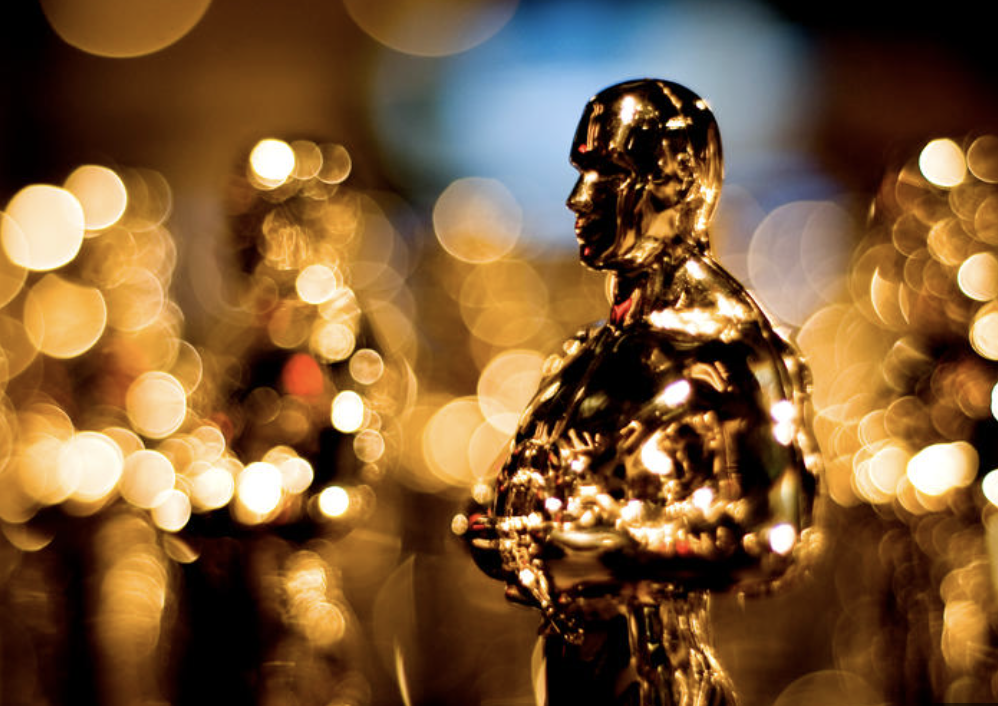
Even though it is great that these films were nominated for such a prestigious award, I feel like there should be more animated films treated with that same respect. For a ceremony dedicated to the best in the entertainment industry, one of its most unique aspects surely gets underrepresented.
One of the absolute best types of animation is anime. It is a Japanese product but has become such a huge global phenomenon over the past two decades.
Out of all the animated content I watch, anime is consistently my favorite content to consume. This largely comes from the high-level storytelling and beautiful animation that anime series contain. Even though American animation has these aspects, Japanese animation consists of them on a more consistent basis.
I do not know what the culture and mindset is when it comes to animation in the East, but they seem to be more liberal compared to the West’s. I say this because of how more consistently adult-oriented anime seems to be compared to typical American cartoons. Unfortunately, a lot of American animation is mainly geared toward younger audiences and families.
Examples of anime series that I love include Vinland Saga, My Hero Academia, and Naruto. What all these shows have in common are fantastic storytelling with deep life lessons and animation that will hold up for years to come. Even though the latter two shows can be viewed by children, their content is meant to be consumed and fully understood by an older audience.
My Hero Academia and Naruto both deal with teen protagonists with personal goals and special powers. These basic plot setups sound like typical American superhero fiction that a lot of children grow up with.
However, what sets these stories apart from that average type of media is how they are told. Izuku, the main protagonist of My Hero Academia, wants to be a superhero like his idol but starts out with no superpowers in a world where 80 percent of the population has them. This typical underdog story is improved by the real-world concepts of discrimination and supremacism that come with being set in such a society.
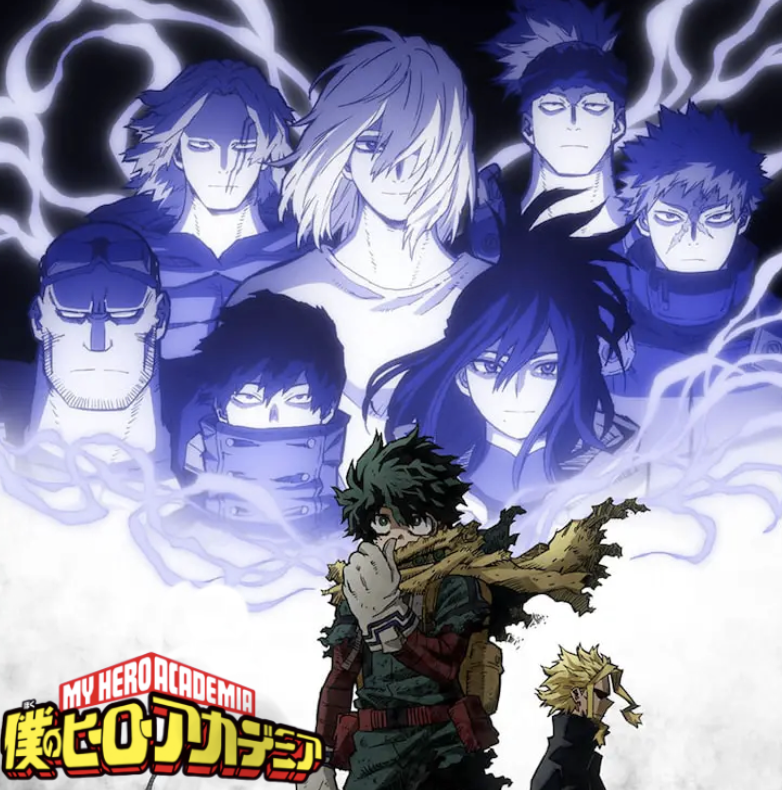
The concepts of hero worship and societal expectations are also explored in My Hero Academia, making it more than just a story about heroes beating up bad guys. In my opinion, this show tells better superhero stories than the current output of Marvel and DC Comics.
Naruto centers on a teen ninja who aims to be the leader of his village. However, his story is plagued by the rejection he receives as a child from people in his village for having a demon fox spirit in him that ravaged the village the night he was born.
Like Izuku in My Hero Academia, Naruto is an underdog. Both have obstacles in their way that initially keep them from achieving their goals. However, Naruto’s story is more tragic because of how he grew up as an orphan and almost entirely alone.
Since Naruto takes place in a world of ninjas, bloodshed and war are naturally part of the narrative. Even though that is apparent throughout the entire series, one arc especially focused on those themes.
The arc was called “Pain’s Assault” and focused on a villain named Pain attacking Naruto’s village to find and capture him. During his battle with Naruto, one scene summed up a key conflict that was prevalent during this part of the story.
After Pain briefly subdued Naruto during their battle, he told him that his goal was to bring peace and justice to the world. Being the hero of the story and witness to the destruction that Pain caused, Naruto furiously questioned Pain’s intentions in response and threatened to kill him. In response to this, Pain started talking about the cycle of hatred in the ninja world and how humans could never understand one another.
Pain’s nation was caught in the crossfire of a war between different nations, including Naruto’s village. As a result, Pain’s home was ravaged. Because of this and other things he went through, he justified his attack on Naruto’s village and related his strive for justice to Naruto’s.
Naruto killing Pain for what he did would have resulted in more violence and continued a vicious cycle. Even though he would have been justified in doing so, not much about the world would have changed in the long run.
This type of moral debate is very relevant to what happens in the real world. Throughout human history, wars have been fought and blood has been shed over numerous things in the name of “justice.” Even though Naruto is set in a fictional world, its characters and storylines heavily reflect aspects of reality.
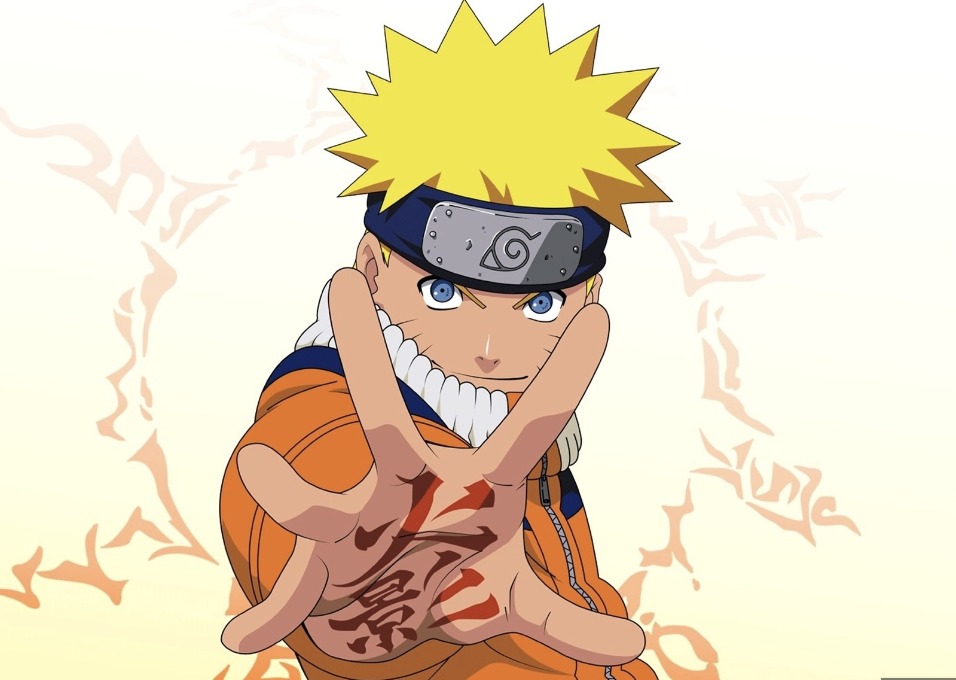
Unlike My Hero Academia and Naruto, Vinland Saga has no aspects that would even remotely be suitable for children. It is a very mature series that is set during the 11th century and time of the Vikings. The series focuses on a boy named Thorfinn who vows revenge on the man responsible for his father’s death, Askeladd.
To stay close to Askeladd and secure his opportunity for vengeance, Thorfinn joined Askeladd’s crew and became a Viking. For eleven years and from the time he was a child to a teenager, Thorfinn killed numerous people in the name of becoming skilled enough to kill Askeladd. Vengeance consumed him until Askeladd was killed by someone else.
At the end of the first season, Askeladd was killed by soldiers who reacted to him killing King Sweyn, the Danish King. This incident occurred because of Askeladd wanting to save his homeland of Wales by installing Prince Canute as the Danish King.
This situation obviously posed a problem for Thorfinn since his vengeance was taken from him. As Askeladd was dying, he told Thorfinn to move on with his life and become a true warrior. Since vengeance was all Thorfinn lived for up to this point in the story, he felt empty and purposeless for a while after this.
In the second season, Thorfinn became a slave and swore off violence to atone for his past and find a purpose beyond vengeance. His character growth and development were masterfully written and done so well.
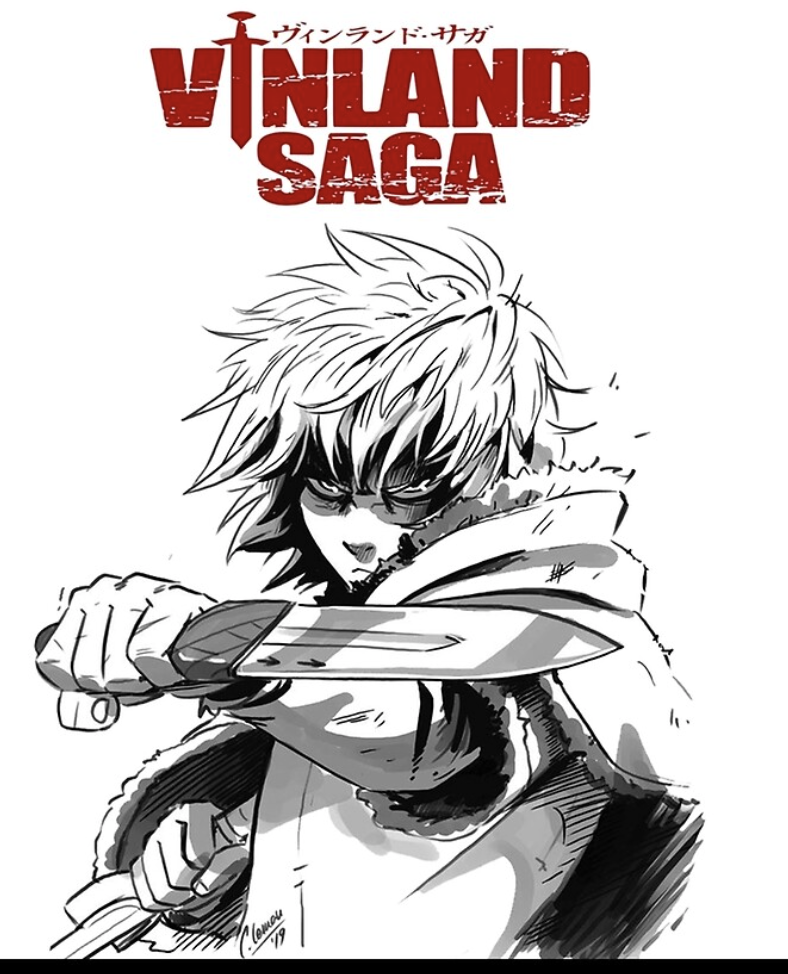
Like in Naruto, the subject of the cycle of hatred was explored in Vinland Saga. Life lessons such as not letting hatred consume, moving on, and finding purpose were taught throughout the narrative of the Viking epic.
The greatness of the My Hero Academia, Naruto, and Vinland Saga anime series would not be possible without the amazing source material they were adapted from. Anime series are usually adapted from manga, which are Japanese comic books.
Like the Spider–Verse movies, animation has served as the perfect medium to adapt these three stories to. Since manga consists of so many different and unique art styles, animation studios are usually uniquely capable of bringing them to life. Not all anime adaptations are done well but they usually do more justice to what the mangaka create than live-action adaptations ever have or could.
Even though animation will continue to be produced for the foreseeable future, the medium’s contributions to the entertainment industry deserve to be recognized and appreciated more than they currently are. As a huge animation fan, I truly believe that it is one of the best things that the world has to offer. Eventually, I hope that many others will see things the way I do.





